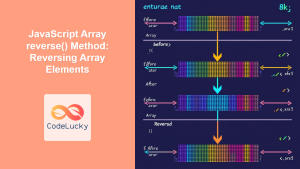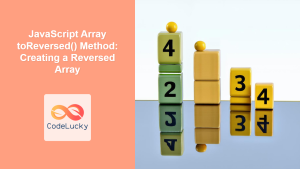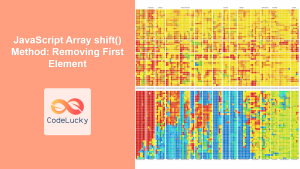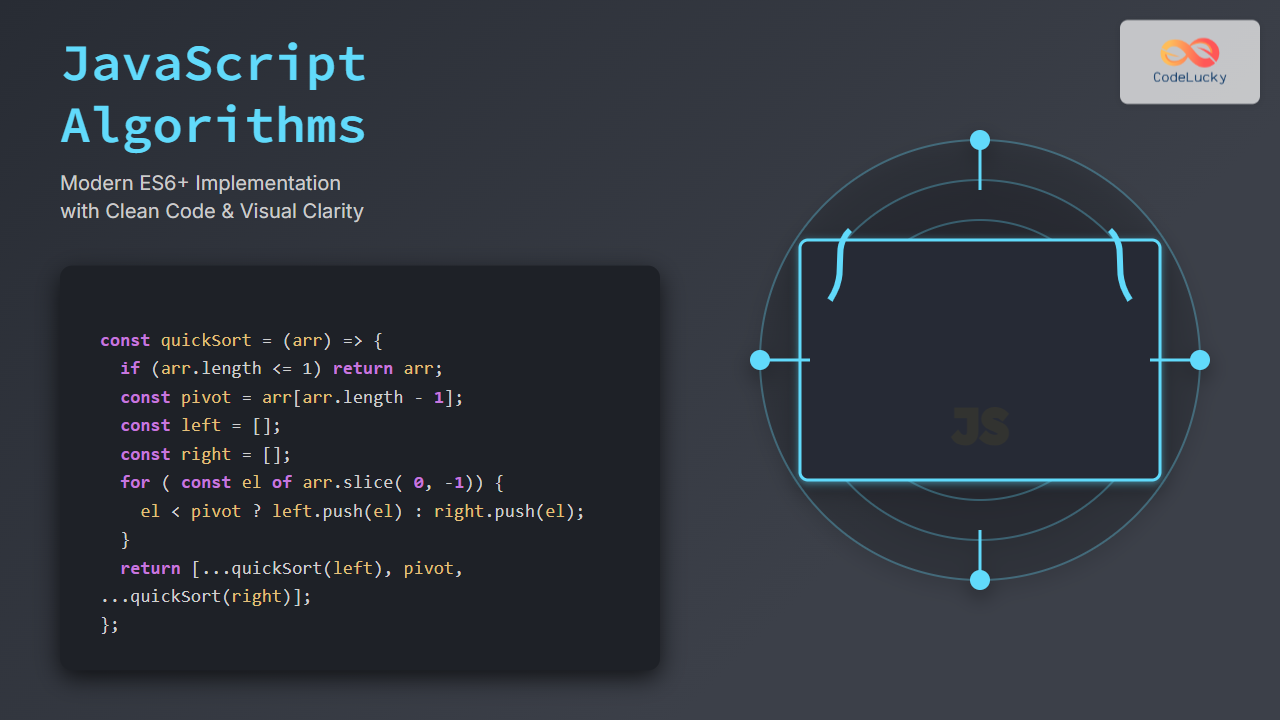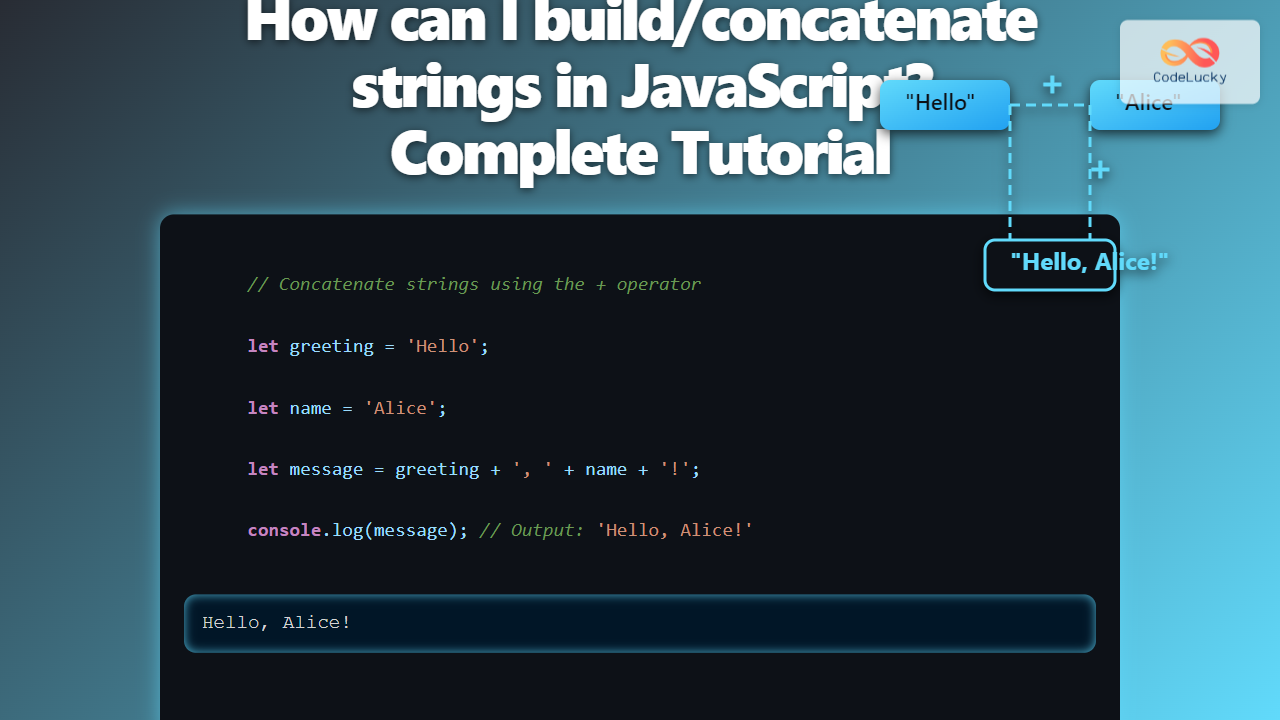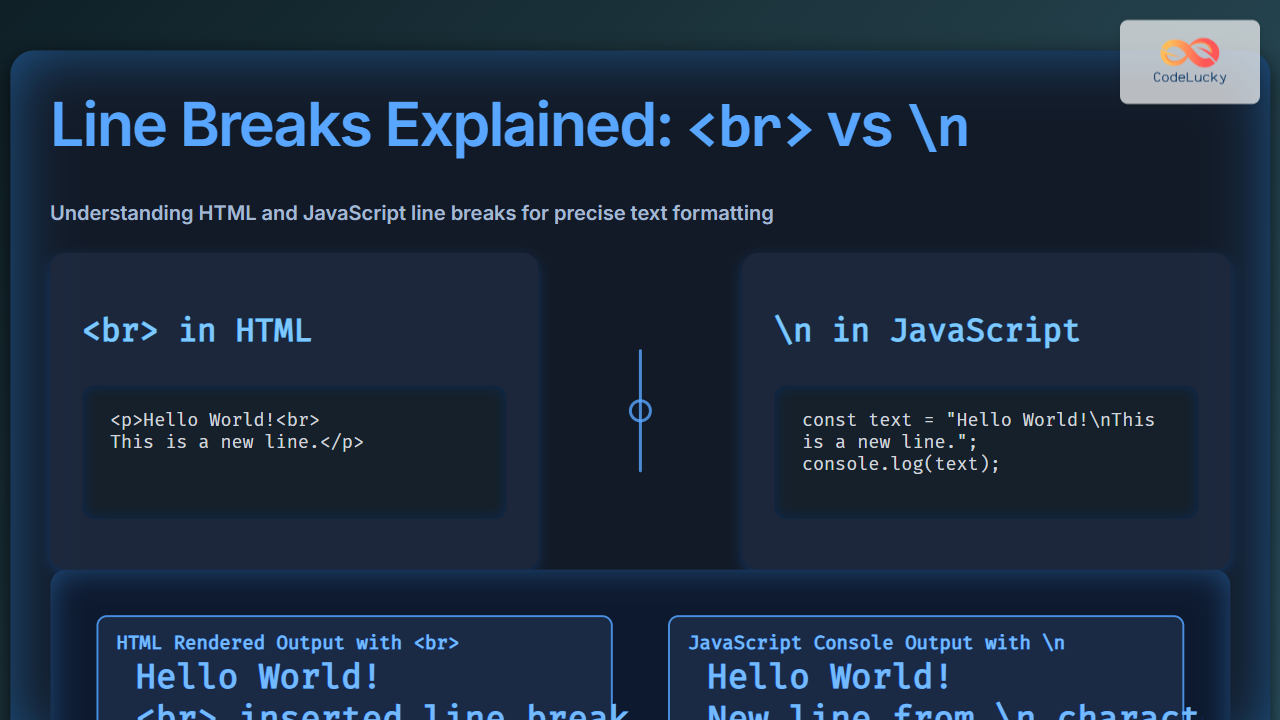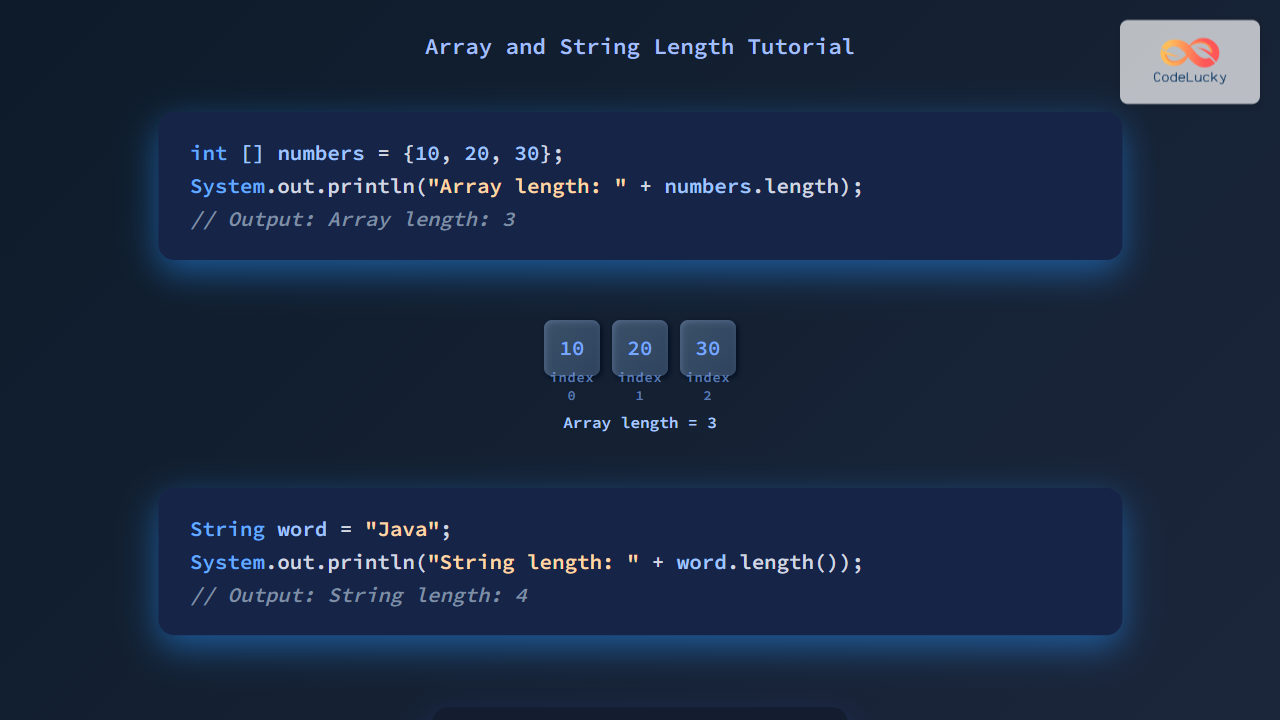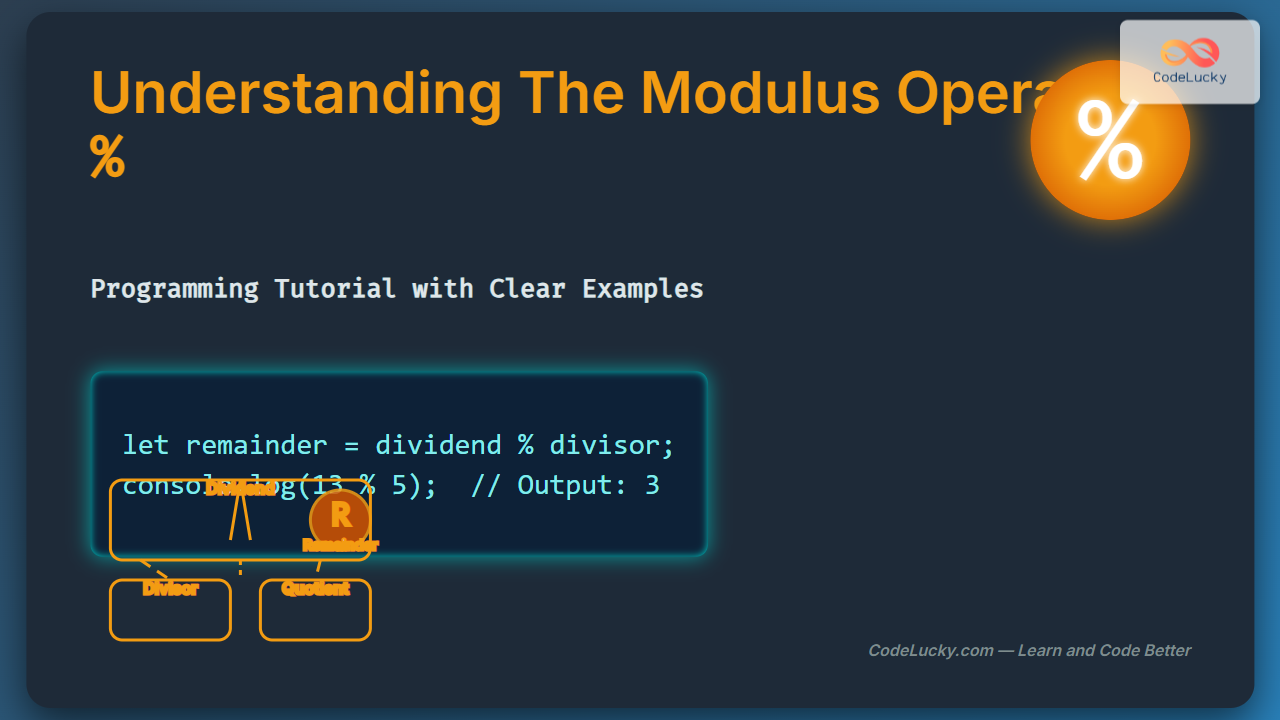JavaScript Array reduceRight() Method: Reducing Array Elements from Right
The reduceRight() method in JavaScript is a powerful tool for processing arrays. It applies a function against an accumulator and each value of the array (from right-to-left) to reduce it to a single value. This method is similar to reduce(), but it processes the array elements in reverse order, making it particularly useful for certain types of operations.
Understanding reduceRight()
The reduceRight() method executes a provided function for each element of the array, starting from the last element. This function accumulates the result and returns a single value at the end. It’s often used for tasks like combining array elements, calculating sums, or performing other aggregations in a right-to-left manner.
Syntax of reduceRight()
The reduceRight() method has the following syntax:
array.reduceRight(callback(accumulator, currentValue, index, array), initialValue);
Here’s a breakdown of the parameters:
| Parameter | Description |
|---|---|
| `callback` |
The function to execute on each element in the array. It takes four arguments:
|
| `initialValue` (optional) | A value to use as the first argument to the first call of the `callback`. If no `initialValue` is supplied, the last element in the array will be used as the initial `accumulator` value and the traversal will skip the last element. Calling `reduceRight()` on an empty array without `initialValue` will throw a `TypeError`. |
Basic Examples of reduceRight()
Let’s start with some basic examples to understand how reduceRight() works.
Example 1: Summing Array Elements from Right
This example sums the elements of an array using reduceRight().
const numbers1 = [1, 2, 3, 4, 5];
const sum1 = numbers1.reduceRight((accumulator, currentValue) => {
return accumulator + currentValue;
}, 0);
console.log(sum1); // Output: 15
In this case, reduceRight() starts from the rightmost element (5) and adds each element to the accumulator.
Example 2: Concatenating Strings from Right
This example concatenates strings in an array from right to left.
const words2 = ["hello", " ", "world", "!"];
const sentence2 = words2.reduceRight((accumulator, currentValue) => {
return accumulator + currentValue;
}, "");
console.log(sentence2); // Output: !world hello
Here, reduceRight() starts with the last string (“!”) and concatenates each string to the accumulator.
Intermediate Examples
Let’s explore some more complex examples to demonstrate the versatility of reduceRight().
Example 3: Flattening an Array of Arrays from Right
This example flattens an array of arrays using reduceRight().
const arrays3 = [[0, 1], [2, 3], [4, 5]];
const flattened3 = arrays3.reduceRight((accumulator, currentValue) => {
return accumulator.concat(currentValue);
}, []);
console.log(flattened3); // Output: [4, 5, 2, 3, 0, 1]
In this case, reduceRight() starts from the rightmost array [4, 5] and concatenates each array to the accumulator.
Example 4: Reversing a String
This example reverses a string using reduceRight().
const str4 = "hello";
const reversedStr4 = Array.from(str4).reduceRight((accumulator, currentValue) => {
return accumulator + currentValue;
}, "");
console.log(reversedStr4); // Output: olleh
Here, reduceRight() converts the string into an array of characters and then concatenates them in reverse order.
Advanced Examples
Let’s dive into some advanced examples to showcase the full potential of reduceRight().
Example 5: Composing Functions from Right
This example demonstrates how to compose a series of functions using reduceRight(). Function composition is a technique where the result of one function is passed as an argument to the next.
function multiply(x) {
return x * 2;
}
function add(x) {
return x + 1;
}
function subtract(x) {
return x - 3;
}
const composedFunction5 = [multiply, add, subtract].reduceRight(
(accumulator, currentValue) => {
return (x) => accumulator(currentValue(x));
},
(x) => x
);
console.log(composedFunction5(5)); // Output: 5
In this example, reduceRight() combines the functions multiply, add, and subtract into a single composed function. The result is multiply(add(subtract(x))).
Example 6: Evaluating Mathematical Expression from Right
This example evaluates a mathematical expression represented as an array of numbers and operators, processing it from right to left.
const expression6 = [5, "+", 3, "*", 2];
function calculate(expression) {
return expression.reduceRight((accumulator, currentValue, index, array) => {
if (currentValue === "*") {
return accumulator * array[index - 1];
} else if (currentValue === "+") {
return accumulator + array[index - 1];
} else if (isNaN(Number(currentValue))) {
return accumulator;
} else {
return Number(currentValue);
}
});
}
console.log(calculate(expression6)); // Output: 11
Here, reduceRight() processes the expression from right to left, performing the operations in the correct order.
Practical Use Cases
The reduceRight() method is particularly useful in scenarios where the order of operations matters, such as:
- Function Composition: Combining multiple functions into a single function.
- Mathematical Expression Evaluation: Evaluating expressions represented as arrays.
- String Manipulation: Reversing or processing strings in reverse order.
- Data Transformation: Transforming data structures in a specific order.
Tips and Best Practices
- Provide an
initialValue: Always provide aninitialValueto avoid errors when the array is empty or when the first element is not suitable as an accumulator. - Understand the Order: Be mindful of the order in which elements are processed, as
reduceRight()processes elements from right to left. - Use Meaningful Variable Names: Use descriptive variable names to make your code more readable and maintainable.
- Test Thoroughly: Test your code with different inputs to ensure it works correctly in various scenarios.
Conclusion
The reduceRight() method is a powerful and versatile tool for processing arrays in JavaScript. By understanding its syntax, use cases, and best practices, you can leverage it to perform complex operations and transform data in a concise and efficient manner. Whether you’re composing functions, evaluating expressions, or manipulating strings, reduceRight() can help you write cleaner and more expressive code. ✨



